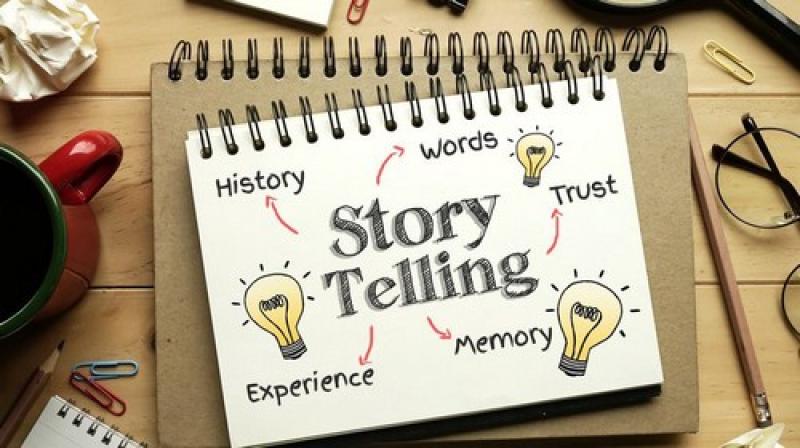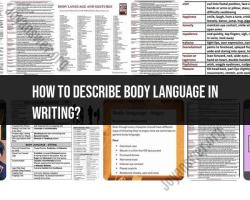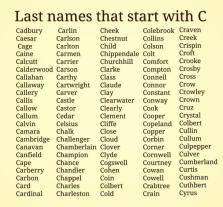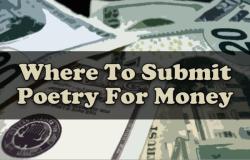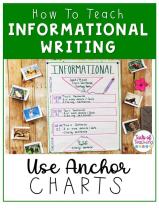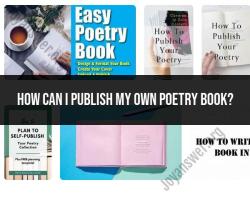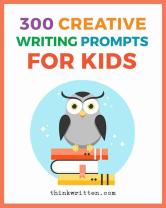What are the three types of creative writing?
Creative writing encompasses a wide range of genres and styles, and it can be categorized into three main types: fiction, poetry, and creative nonfiction. Each type has its own distinct characteristics and purposes. Here's an overview of each:
Fiction:
- Definition: Fictional writing involves creating imaginary characters, settings, and events. It can take the form of short stories or novels.
- Characteristics: Fiction allows writers to explore a variety of genres, including science fiction, fantasy, mystery, romance, and more. The emphasis is on storytelling, plot development, and the creation of believable characters.
- Purpose: To entertain, transport readers to different worlds, and evoke emotions through the power of narrative.
Poetry:
- Definition: Poetry is a form of artistic expression that uses language to evoke emotions, create imagery, and convey complex ideas. It often employs rhythmic and metaphorical language.
- Characteristics: Poetry can take various forms, such as sonnets, haikus, free verse, and more. It relies on concise and carefully chosen words to convey deep meaning and emotions. Poetic devices such as rhyme, rhythm, and meter are often employed.
- Purpose: To evoke emotions, explore abstract concepts, and create a unique aesthetic experience through language.
Creative Nonfiction:
- Definition: Creative nonfiction (CNF) blends factual information with elements of storytelling. It incorporates narrative techniques to convey true events in a compelling and engaging way.
- Characteristics: CNF can include personal essays, memoirs, travel writing, and other forms that combine factual accuracy with the literary techniques commonly associated with fiction and poetry. The writer often plays a central role in the narrative.
- Purpose: To inform, entertain, and provide insights into real-life experiences. It allows writers to explore and share personal stories while maintaining a commitment to accuracy and truth.
These three types of creative writing offer writers diverse avenues for self-expression and communication with their audience. Many writers may also experiment with blending elements from different types to create hybrid forms and push the boundaries of creative expression.
1. Narrative
Storytelling at its core: Narrative writing focuses on telling stories, whether fictional or factual. This encompasses novels, short stories, novellas, epics, myths, biographies, and even some forms of creative non-fiction like historical accounts or travelogues.
Plot, characters, and setting: Narratives revolve around a sequence of events (plot) driven by characters and unfolding within a specific setting. The writer crafts the story's arc, introducing conflict, building tension, and ultimately delivering a satisfying resolution.
Examples: From the sweeping fantasy epics of J.R.R. Tolkien to the poignant social commentary of Alice Munro's short stories, the realm of narrative writing is vast and varied.
2. Poetry
Language in lyrical flight: Poetry elevates language to its most evocative and musical form. It plays with rhythm, rhyme, imagery, and symbolism to express emotions, ideas, and experiences in a condensed and often metaphorical way.
Form and freedom: Poems can take many forms, from structured sonnets and haikus to free verse with its unbound rhythm. Whether playful or profound, poetry aims to evoke a response in the reader, be it intellectual, emotional, or simply aesthetic.
Examples: From the timeless sonnets of Shakespeare to the free-flowing verses of Maya Angelou, poetry offers a kaleidoscope of voices and styles to explore.
3. Drama
Bringing stories to life: Drama takes the written word to the stage or screen, using dialogue and action to tell stories through the performance of actors. This includes plays, screenplays, teleplays, and even radio dramas.
Characterization and dialogue: Playwrights focus on creating compelling characters and crafting authentic dialogue that drives the plot forward. They must also consider visual elements like stage directions and scene transitions to guide the director and actors.
Examples: From the witty repartee of Oscar Wilde's comedies to the thought-provoking narratives of Arthur Miller's dramas, the stage (and screen) provides a dynamic platform for storytelling.
Beyond the Big Three:
It's important to remember that these are just the foundational pillars of creative writing. Many genres and subgenres blend elements of these forms, and new ones emerge all the time. So, feel free to experiment, explore, and find your own unique voice within the boundless world of creative expression.
I hope this overview helps you navigate the exciting landscape of creative writing! Remember, the most important ingredient is your own passion and imagination. Happy writing!
